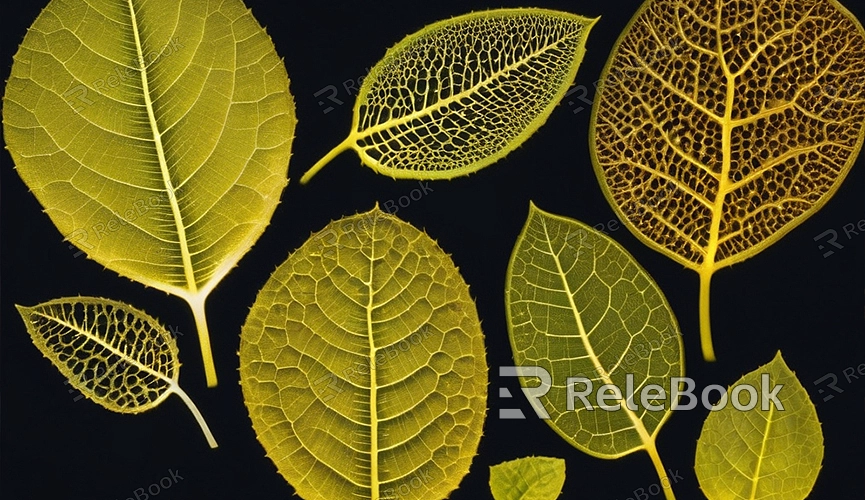How to Speed Up Render Time in Blender
Blender, as a powerful open-source 3D modeling and rendering software, is widely used in animation, gaming, and visual effects industries. However, rendering complex scenes and high-resolution images often consumes a significant amount of time. How to effectively speed up render time in Blender is a concern for every user. This article will introduce several practical tips to accelerate render time in Blender.
1. Optimize Scene and Models
- Simplify Models: Reducing geometric details can significantly decrease render time. Use the Decimate Modifier to reduce the polygon count while maintaining visual integrity.

- Use Subdivision Surfaces Wisely: Subdivision surfaces can add detail to models, but excessive usage can increase render time. Use them only where necessary and minimize subdivision levels.
- Delete Hidden Objects: Clean up the scene by removing objects not visible or hidden from view. This reduces rendering computations and improves efficiency.
2. Adjust Render Settings
- Lower Sampling: Sampling directly affects render quality and time. Lowering sampling can significantly speed up rendering. Adjust the Render and Viewport sampling values under Render Properties to find a balance between quality and speed.
- Use Efficient Lighting: Employ efficient lighting setups, avoiding excessive light sources and utilizing simple light models (such as point lights and spotlights) to reduce complex light reflection and refraction calculations.
- Enable Adaptive Sampling: Enable Adaptive Sampling in Render Properties to allow Blender to automatically adjust sampling based on scene complexity, thereby enhancing rendering efficiency.
3. Utilize Blender Features
- Use GPU Rendering: If your computer has a powerful graphics card, prioritize GPU rendering. GPU rendering is generally much faster than CPU rendering. Choose CUDA or OpenCL in Preferences > System and select GPU Compute under Render Properties.
- Enable Persistent Data: Enable the Persistent Data option in Render Properties to allow Blender to retain data from the previous frame during multi-frame rendering, reducing initialization time per frame.
- Use Border Rendering: If only a specific part of the scene needs rendering, use border rendering. Press Shift+B to draw a rectangle in the view, rendering only that area and saving time.
4. Make Effective Use of Post-Processing
- Test with Low-Resolution Renders: Before final high-resolution rendering, test with low-resolution renders to ensure all settings and effects are correct, avoiding unnecessary time wasted on re-rendering.
- Layered Rendering: Render complex scenes in layers and composite them in post-processing software. This allows rendering each part separately, improving overall rendering efficiency.
- Use Denoising: Blender comes with a powerful denoiser that produces high-quality renders with lower sampling counts. Enable Denoising in the Render Layers panel to significantly reduce noise and improve rendering speed.
5. Hardware Optimization
- Upgrade Hardware: If feasible, upgrading hardware devices is the most direct way to improve rendering speed. Choose high-performance CPUs and GPUs and increase memory capacity to significantly enhance rendering efficiency.
- Use Render Farms: For large projects, consider using online render farms such as RenderStreet or SheepIt. These services utilize multiple high-performance computers simultaneously to render, speeding up the rendering process.
By optimizing scenes and models, adjusting render settings, utilizing Blender features, and optimizing hardware, you can significantly speed up render time in Blender. In practical application, combining multiple techniques and flexibly adjusting according to specific circumstances can effectively improve work efficiency, making your creative process smoother. If you need high-quality 3D textures, HDRI, or 3D model downloads while creating models and virtual scenes, you can download them from Relebook and import them directly into your models for use.

